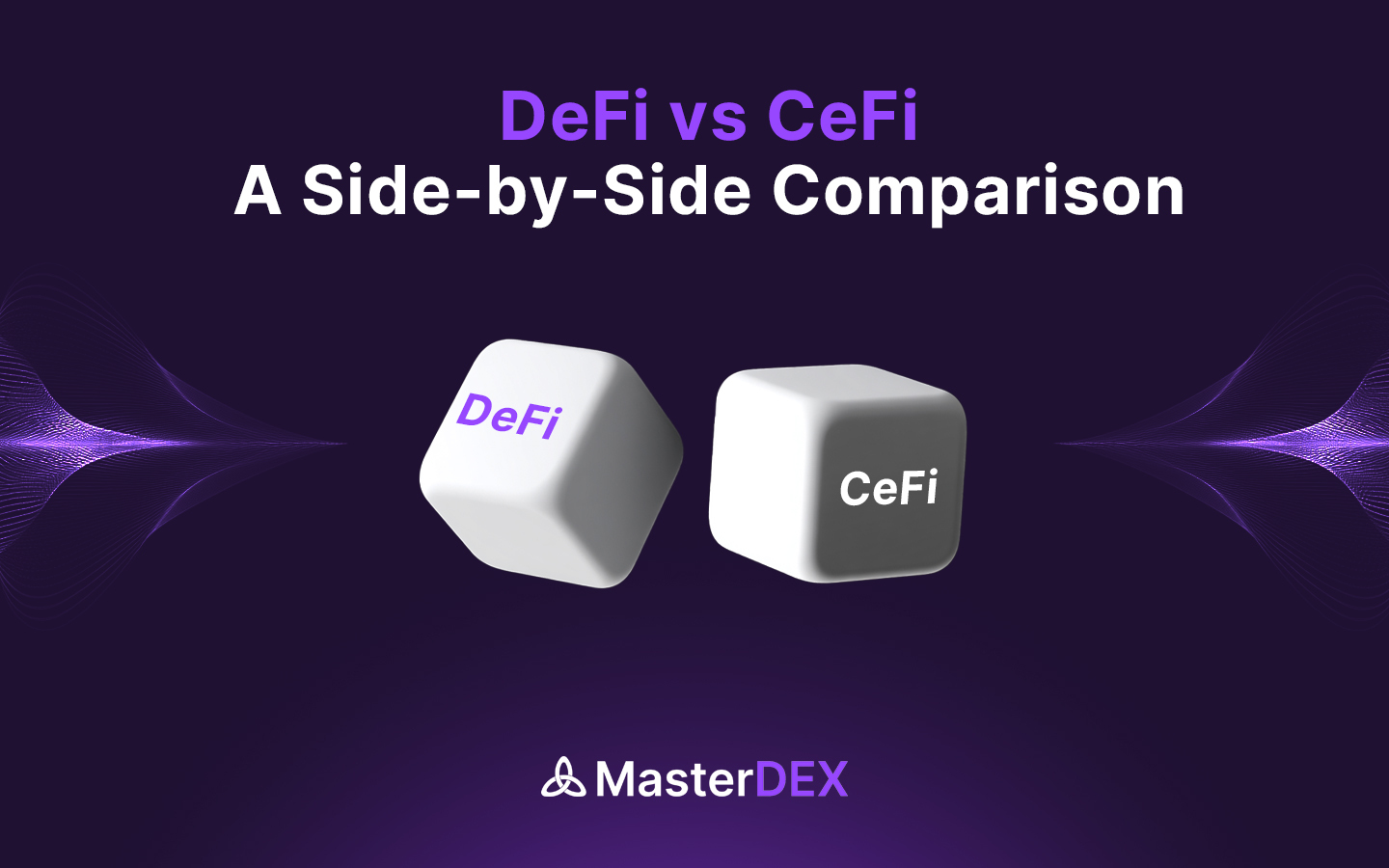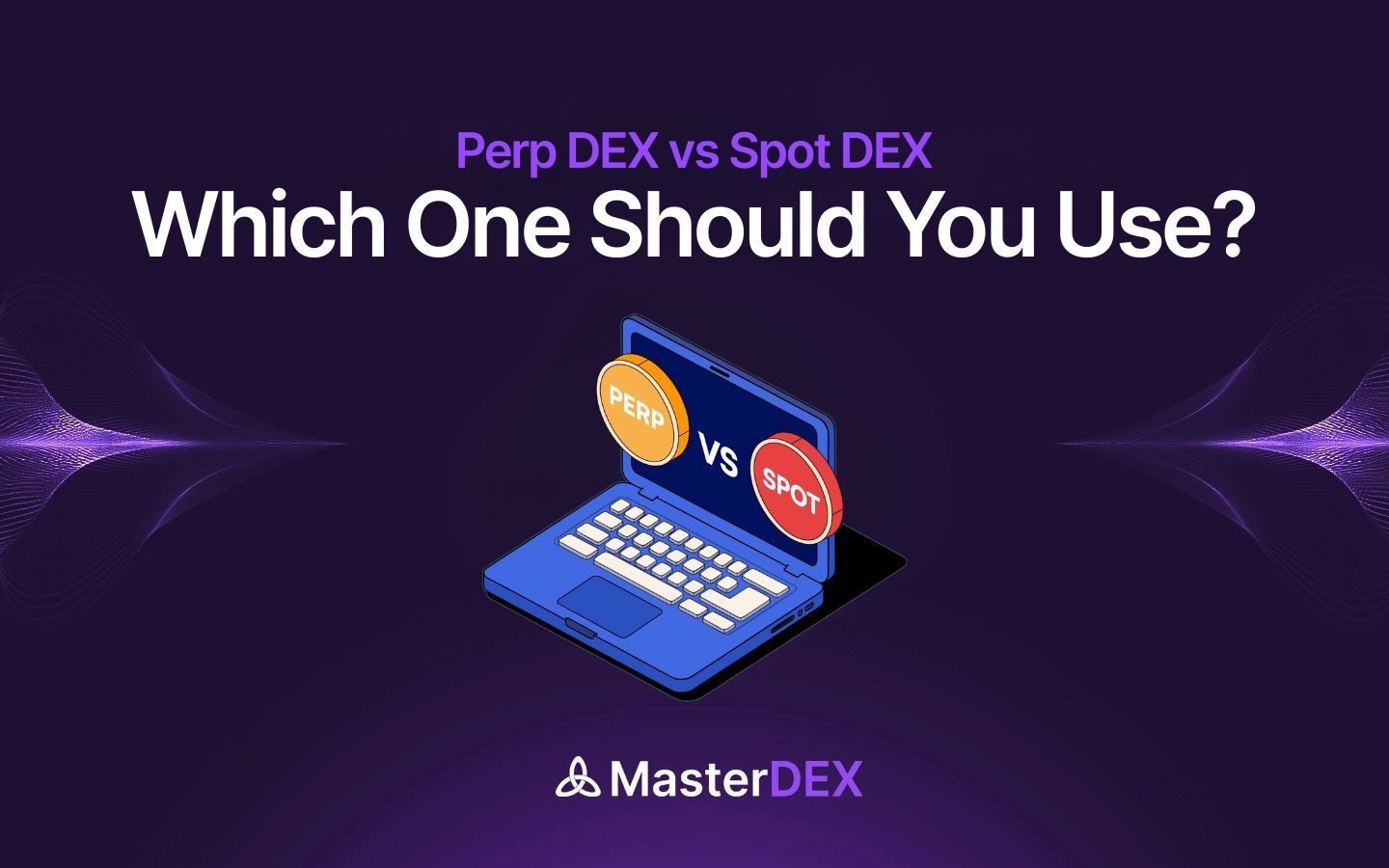Table of Contents:
ToggleIntroduction
The rise of cryptocurrency has created two very different financial ecosystems: Centralized Finance (CeFi) and Decentralized Finance (DeFi). Both give users access to trading, lending, borrowing, and earning on digital assets, but they operate on completely different models. CeFi relies on centralized organizations, similar to traditional banks, to manage funds and transactions. DeFi, on the other hand, removes intermediaries and runs entirely on blockchain-based smart contracts.
This difference leads to the most common question among investors: DeFi vs CeFi: which is safer for your crypto?
The answer isn’t simple. Each has its strengths and weaknesses. CeFi offers convenience, regulatory oversight, and customer support, but requires trust in third parties. DeFi offers transparency, full asset control, and innovation, but places security responsibility directly on the user.
In this blog, we’ll explore how each system operates, their advantages and disadvantages, compare their safety side by side, and discuss which model might be safer depending on your priorities.
What is CeFi & How It Operates
Centralized Finance (CeFi) refers to crypto services run by centralized companies or institutions, similar to how banks operate in traditional finance. Users deposit their assets into exchanges or custodial platforms, which then manage trading, lending, and staking on their behalf. The company holds custody of funds, provides liquidity, and ensures compliance with regulations.
For example, exchanges like Binance, Coinbase, and Kraken are well-known CeFi platforms. They act as intermediaries, bridging the gap between fiat money and crypto, making it easier for newcomers to access the digital asset market.
Advantages of CeFi
- Beginner-friendly: Simple interfaces make it easy for newcomers to buy, sell, and trade crypto.
- Fiat onramps: Direct bank transfers, credit card payments, and easy withdrawal options.
- Customer support: Assistance available for account issues, lost access, or transaction errors.
- Regulatory compliance: Many CeFi platforms are licensed, offering users a sense of legal protection.
Disadvantages of CeFi
- Custodial risk: “Not your keys, not your coins.” Users don’t control their private keys, making them reliant on the exchange.
- Centralized failures: Hacks, insolvencies, and collapses (like FTX) show that even big players can fail.
- Lack of transparency: Users cannot see how funds are managed internally.
- Geographical restrictions: Services may be unavailable due to local regulations.
What is DeFi & How It Operates
Decentralized Finance (DeFi) is the alternative to CeFi, operating without intermediaries. Instead of relying on centralized companies, DeFi uses smart contracts, self-executing code on blockchains like Ethereum, Polygon, or Arbitrum in order to handle trading, lending, borrowing, and yield generation.
Users interact with DeFi protocols directly through crypto wallets such as MetaMask or Trust Wallet. Funds remain in the user’s custody, and all transactions are visible on the blockchain, making DeFi transparent and accessible to anyone with an internet connection. Popular examples include Uniswap, Aave, MasterDEX, Curve, MakerDAO, etc.
Advantages of DeFi
- Self-custody: Users retain control of their assets and private keys.
- Open access: Anyone with a wallet can participate — no banks, no identity checks.
- Transparency: All transactions and contracts are verifiable on-chain.
- Innovation: Products like yield farming, staking derivatives, and flash loans are unique to DeFi.
Due to growing demands, Statista projects DeFi to grow at a 3.94% CAGR (2025–2026), reaching a market size of US$14.6 billion by 2026.
Disadvantages of DeFi
- Technical complexity: Requires knowledge of wallets, gas fees, and blockchain networks.
- Smart contract risks: Vulnerabilities or bugs can lead to major losses.
- No customer support: If you make a mistake, there is no helpline to call.
- Market and liquidity risks: Sudden shifts can cause heavy slippage or inaccessible funds.
DeFi vs CeFi: Safety Comparison
Both DeFi and CeFi promise access to financial services but approach safety very differently. CeFi depends on trust in institutions, while DeFi relies on code and user responsibility. The table below highlights how the two models compare in terms of security, control, and risk.
| Aspect | CeFi | DeFi |
| Custody of Funds | Custodial – platform holds your crypto for you. | Non-custodial – users control their own wallets and keys. |
| Transparency | Limited – internal operations are hidden. | Full – transactions and contracts visible on-chain. |
| Regulatory Oversight | Often regulated, offering legal protection but subject to jurisdictional risks. | Mostly unregulated, offering freedom but no guaranteed protections. |
| User Responsibility | Lower – platform manages security, recovery, and KYC. | Higher – users must manage keys, security, and avoid scams. |
| Security Risks | Hacks, insolvency, or fund mismanagement (e.g., FTX). | Smart contract bugs, rug pulls, phishing, liquidity risks. |
| Ease of Use | Beginner-friendly with fiat onramps and customer support. | Complex setup, technical knowledge required. |
| Accessibility | Limited by geography, regulations, and KYC/AML rules. | Open to anyone, globally accessible. |
Which Is Safer: DeFi or CeFi?
When it comes to safety, neither DeFi nor CeFi is completely risk-free. They simply expose users to different kinds of risks.
For beginners, CeFi may feel safer because it provides customer support, regulated environments, and simpler interfaces. If something goes wrong with your login or transactions, there’s usually a team to assist. However, CeFi also comes with a major drawback: you are trusting a third party with your funds. As history has shown with events like the FTX collapse, this trust can be broken, leading to massive losses for users.
DeFi, on the other hand, shifts responsibility to the user. By holding your own keys, you remove the risk of centralized mismanagement. Everything is transparent on-chain, and you don’t need permission to participate. Yet, this freedom comes with its own dangers: smart contract vulnerabilities, phishing scams, and the need to manage your wallet securely. In DeFi, mistakes are permanent; if you send funds to the wrong address or sign a malicious transaction, they’re gone for good.
So, which is safer?
- CeFi is safer if you value convenience, regulation, and managed security.
- DeFi is safer if you value control, transparency, and independence, provided you are willing to learn how to protect yourself.
Ultimately, safety depends less on choosing DeFi or CeFi alone, and more on how well you understand and manage the risks in each. Many experienced investors actually use a hybrid approach: CeFi for fiat onramps and ease of use, and DeFi for transparency and self-custody.
The Future of Finance: DeFi, CeFi, or Both
DeFi and CeFi are often seen as competing forces, yet in reality they complement each other in shaping the future of finance. Both models bring value to the crypto economy in different ways. CeFi provides structure, regulation, and a familiar user experience that can ease adoption for newcomers and institutions. DeFi, meanwhile, pushes the boundaries of innovation, offering transparency, self-custody, and global access that no centralized system can fully match.
Instead of replacing one another, the two may evolve in parallel, or even merge. CeFi platforms are already experimenting with proof-of-reserves and greater transparency, borrowing ideas from DeFi. On the other hand, DeFi protocols are exploring insurance funds, user protections, and compliance features to appeal to a wider audience. The future is likely to be hybrid, where users benefit from the convenience of CeFi and the autonomy of DeFi.
For crypto holders, the safest path lies not in choosing one side exclusively but in understanding both worlds and using them strategically. Whether through centralized exchanges, decentralized protocols, or a combination of both, the future of finance will reward those who stay informed, adaptable, and proactive about protecting their assets.



